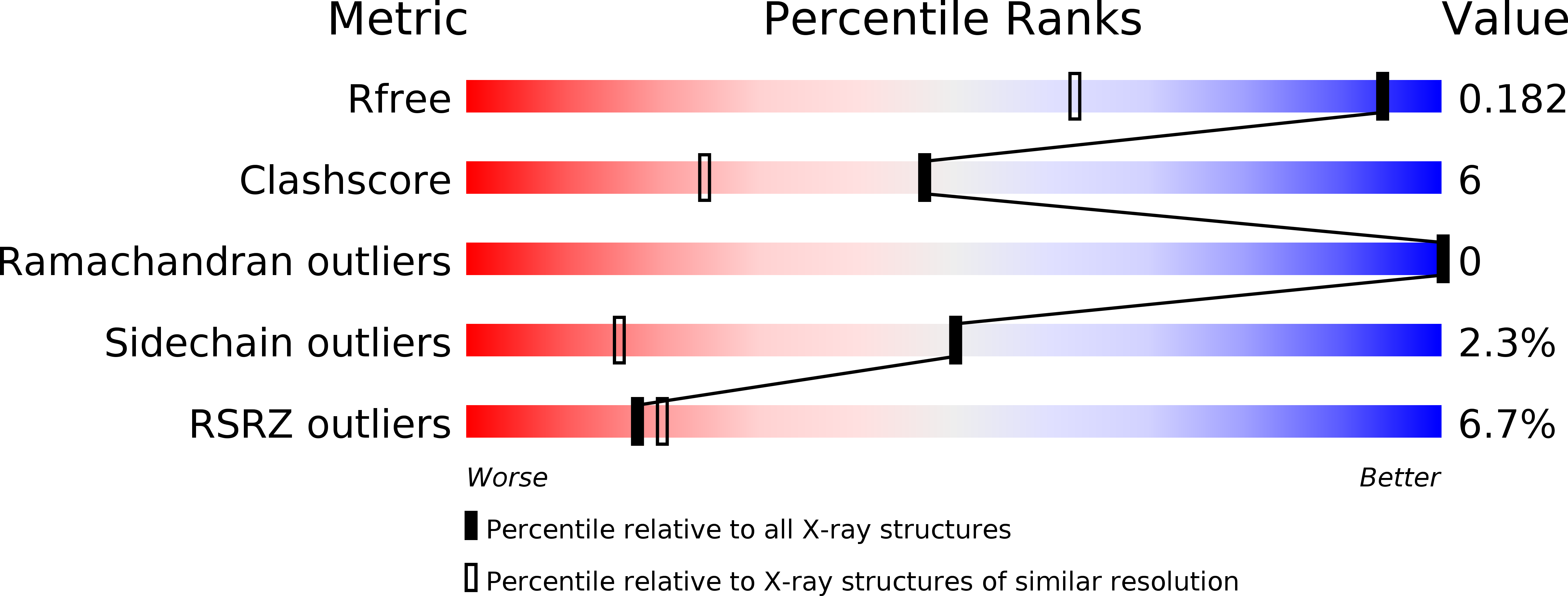
Deposition Date
2013-11-20
Release Date
2014-10-08
Last Version Date
2024-11-20
Entry Detail
PDB ID:
4NOV
Keywords:
Title:
Xsa43E, a GH43 family enzyme from Butyrivibrio proteoclasticus
Biological Source:
Source Organism:
Butyrivibrio proteoclasticus (Taxon ID: 515622)
Host Organism:
Method Details:
Experimental Method:
Resolution:
1.33 Å
R-Value Free:
0.18
R-Value Work:
0.17
R-Value Observed:
0.17
Space Group:
P 21 21 21


